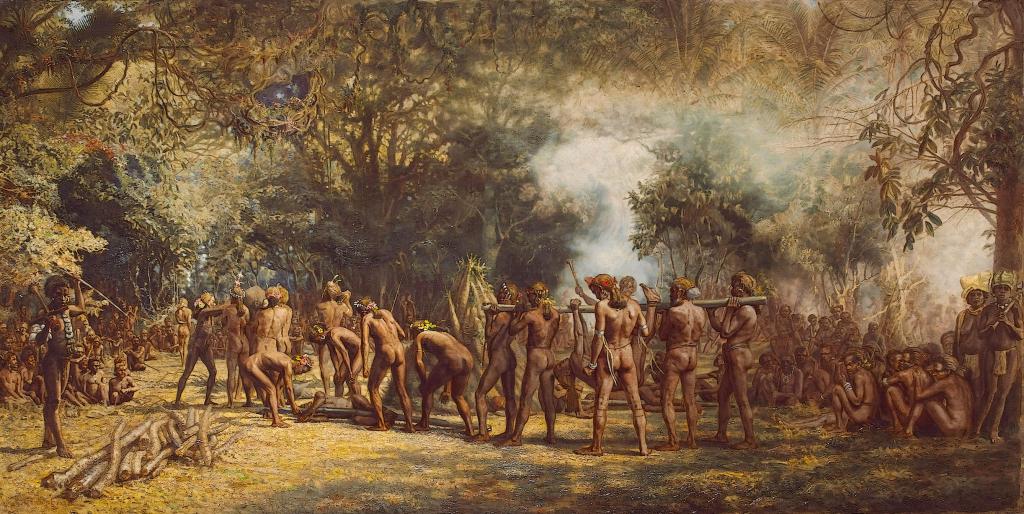“Cannonball” and “Marco Polo” have more in common than being words you yell at a pool party. Wait, I meant “cannibal.”
Marco Polo repeatedly reported a certain custom of Asia ongoing in the 13th Century that may have come as a shock to some his audience back home – those who were literate – but was not altogether unheard of in medieval Europe: cannibalism.
It seemed to be a practice chief among no certain group or particular country but was rather diffuse throughout the many regions and people he encountered. Small sub-groups among the Chinese, Tibetans, Indonesians, Mongols, and other Tartars all seemed to have a taste for each other. Moreover, the famed traveler and Muslim contemporary Marco Polo, Ibn Battuta, encountered a tribe of cannibals within the kingdom of Mali in west-central Africa friendly with the legendary King Mansa Musa because of a gold mine they possessed within their territory.
Now, cannibals would not just eat anybody. Most commonly, and curiously, in China and Tibet they would eat the executed body of a convicted criminal. In China, bread soaked in the blood of an executed criminal was considered to have healing power, while eating a person’s heart would give them the strength of that person’s character. Also, in Tibet, they would eat their old, dying father while still on his death bed just before passing away. And in some cases, the Mongols, while far out at war and low on supplies, were forced to turn to each other for eating. Moreover, Ibn Battuta’s cannibals explained that the tastiest parts of a human are the palms and breasts of a black woman, and that white people were not “ripe” to eat, that only black people were ripe and fit for consuming.
And on some of the eastern islands of the South China Sea there was that same custom of eating prisoners, but they also ate their enemies in battle. And Polo relates that they went so far as to praise our meat as the best in the world to eat. And so was the case as well on many of the Southeast Asian islands, especially in the kingdom of Ferlac (modern: East Aceh Regency Northern Sumatra, Indonesia) where they went so far as to codify the practice into law. How civilized.
And on other parts of that same island nearabout Sumatra, those deemed terminally ill by the judgment of a local sorcerer were suffocated to death then cooked and eaten by friends and family. This has been professed as witnessed fact and on trustworthy account from second parties to Polo and a bevy of Englishmen who occupied the region centuries later. It’s a touchy subject, of course. No one wants alleged cannibalism in their history. But don’t kill the messenger. I don’t taste very good.
Yet, In that same place, the kingdom of Dagroian (modern: Northern Sumatra, Indonesia), they went so far as to suck the marrow out of the bones before leaving all the inedible remnants in special mountain caves. In other places the… meat was kept in storage as part of the regular food supply. And elsewhere on that island, even its then-Islamic portions, the practice purportedly existed. And so I finish with all the reading on this matter my stomach can handle.

Categories: Medieval
3 replies ›